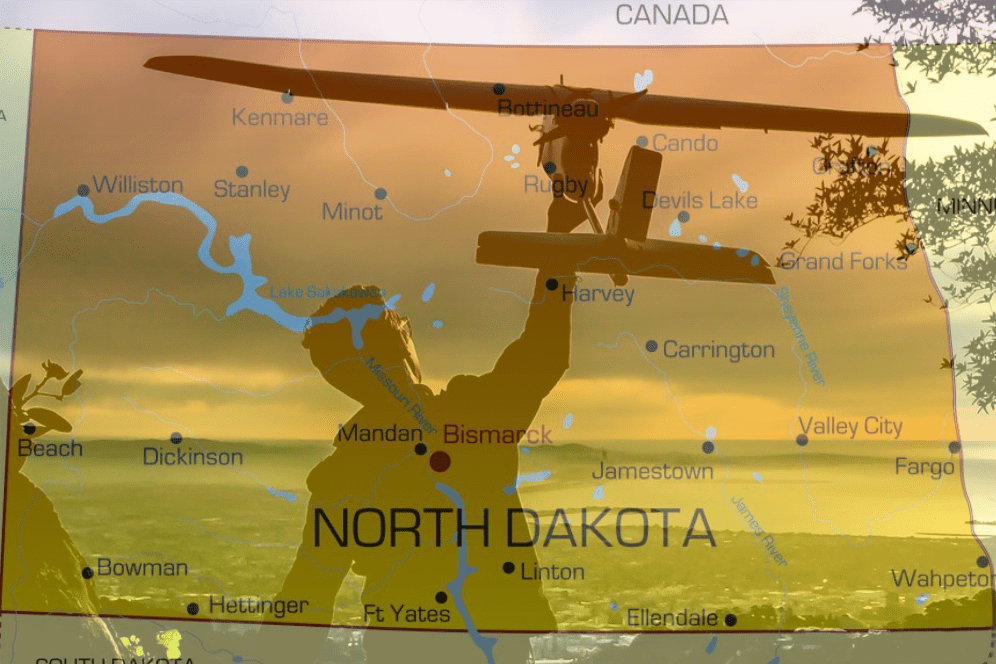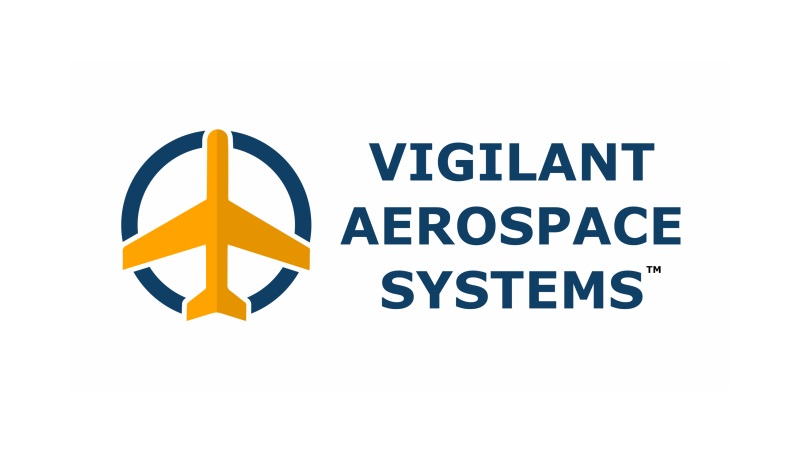“The North Dakota team has the right partners to safely incorporate technologies that will allow for the safe integration of UAS within the three core challenges which are flying over people, night operations, beyond visual line of sight, presented by the IPP.”
About the FAA UAS Integration Pilot Program
The North Dakota team is led by the North Dakota Department of Transportation which has recently released a Program Overview document providing program objectives and current flight projects. They have also launched a new web page, North Dakota DOT Unmanned Aircraft Systems Integration Pilot Program to provide information and updates to the public on the program as it develops over the next two years. The web page also provides press announcements, a list of program partners, FAA resources, contact information and other program resources for the public. The winning teams for the FAA’s new UAS Integration Pilot Program were announced on May 9, 2018. The new program, initially announced on November 8, 2017, is the nation’s premier test-bed for defining the future rules for unmanned aircraft systems (UAS) in the US and unlocking the full commercial potential of UAS. The applicants were state, local or tribal governments who included industry technology and operating partners in their applications to provide critical components and services. The North Dakota Department of Transportation and the University of Alaska Fairbanks teams were two of the ten selected winners out of 149 applications nationwide. Vigilant Aerospace is a member of both teams. For more information on the IPP, visit the FAA’s UAS Integration Pilot Program page.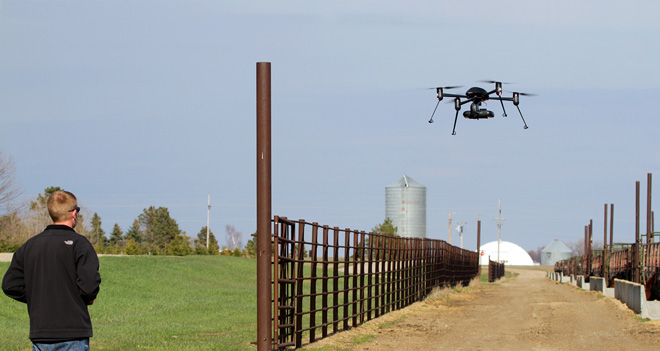
Credit: Northern Plains Test Site
More recent news from Vigilant Aerospace on the IPP:
- Vigilant Aerospace to Provide FlightHorizon for Airspace Safety to Multiple FAA Unmanned Aircraft Integration Pilot Programs
- New BVLOS Flights Anticipated as Vigilant Aerospace Teams Up with Two UAS Integration Pilot Program Participants
North Dakota IPP Team Releases FAA Memorandum of Agreement
The North Dakota IPP Team has also released the new FAA Memorandum of Agreement (MOA) that will govern the team’s flights. The general objectives of the IPP are to create not only a safe environment for testing commercial UAS operations but also to address interactions between jurisdictions and with the public:- Address private civilian and public UAS operations
- Test and evaluate the impact and efficacy of a range of models for involvement of State, local, and/or tribal governments, stakeholders, and private sector entities under proposed pilot program frameworks for the UAS operations
- Encourage UAS owners and operators to develop and test new and innovative UAS concepts of operations under proposed pilot program frameworks in a safe manner, including operations currently restricted with reduced waivers
- Encourage the involvement of State, local and/or tribal law enforcement agencies as partners in pilot projects, including their support of Federal enforcement responsibilities
- Apply lessons learned from existing agreements, waivers granted under 14 CFR Part 107, exemptions granted under section 333 of the FAA Modernization and Reform Act of 2012 (P.L. 112-95) and FAA to enable safe, more complex UAS operations, and share this information with other relevant Federal departments and agencies
Program Goals
Ultimately, the goal is to create safety cases and regulations for airspace management in order to fully integrate drones into the national airspace. In the recently released UAS IPP Overview document, NDDOT commented on the importance of the program in building these rules for safe, unmanned flight operations: “We plan to utilize innovation and integration of the UAS pilot program as a key in expanding NDDOT’s future vision for traffic safety, autonomous technology and partnerships…. Our first goal is safety to the National Airspace System, its users, and the general public that is impacted. Safety is always on the forefront. The safety benefit of using this technology is not possible without first ensuring safety in the National Airspace System. The North Dakota team has the right partners to safely incorporate technologies that will allow for the safe integration of UAS.”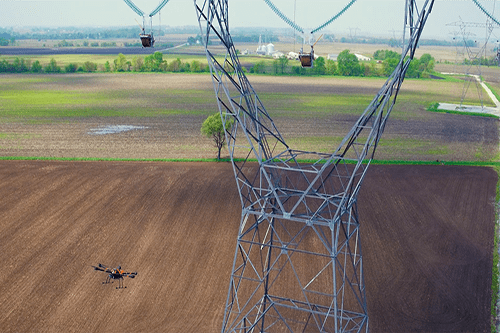 Core Industry Challenges for UAS Integration Today
Core Industry Challenges for UAS Integration Today
According to the Program Overview, the North Dakota IPP Team will focus on three core challenges of safe UAS integration:
- Operations over people
- Night operations
- Beyond visual line-of-sight operations
 Serving Industries Eager to Utilize Unmanned Aircraft
Serving Industries Eager to Utilize Unmanned Aircraft
Currently, proposed projects for NDDOT IPP operations and flight testing include those serving the selected industries:
- Energy Distribution Line Inspections
- Media and Emergency Response
- Vision Zero – North Dakota’s primary traffic safety initiative “to establish a culture of personal responsibility behind the wheel, where motor vehicle fatalities and injuries are recognized as preventable and no longer tolerated as acceptable. This multi-agency partnership continually works toward a goal of zero motor vehicle fatalities and serious injuries on North Dakota roads.”
- Transportation Infrastructure Inspections
- Infrastructure Inspections (Critical) – for example: security risks.
FlightHorizon for Airspace Situational Awareness, Detect-and-Avoid, Flight Logging
FlightHorizon provides significant benefits to UAS pilots, commercial UAS flight operations and UAS program managers: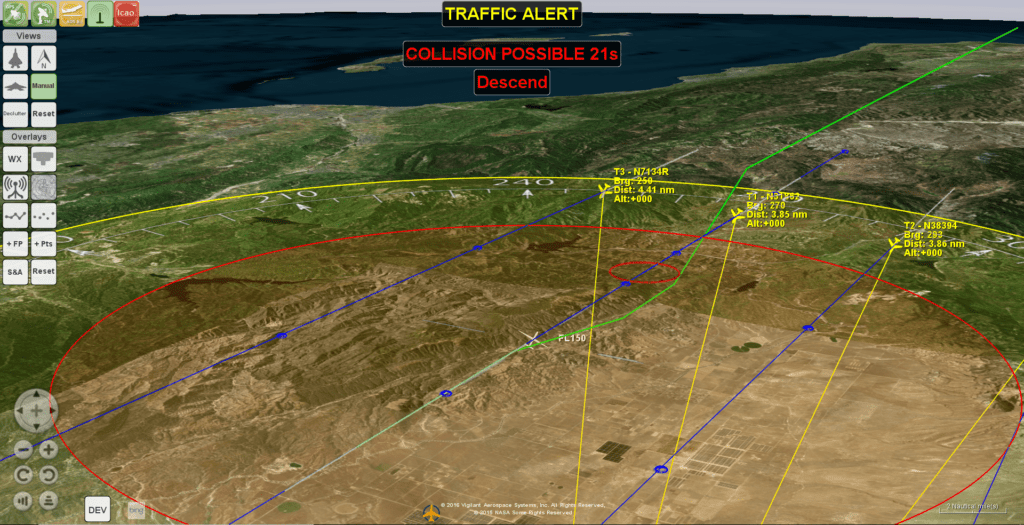 Airspace traffic awareness and visualization for beyond visual line-of-sight operations
Airspace traffic awareness and visualization for beyond visual line-of-sight operations- Real-time detect-and-avoid with audible and visual alerts
- Specific commands to maintain well-clear distances and guidance to maneuver away from a potential collisions
- Real-time weather map overlays
- Air-traffic control zones, and navigational and sectional charts
- Detailed flight logging and full replay of flights

